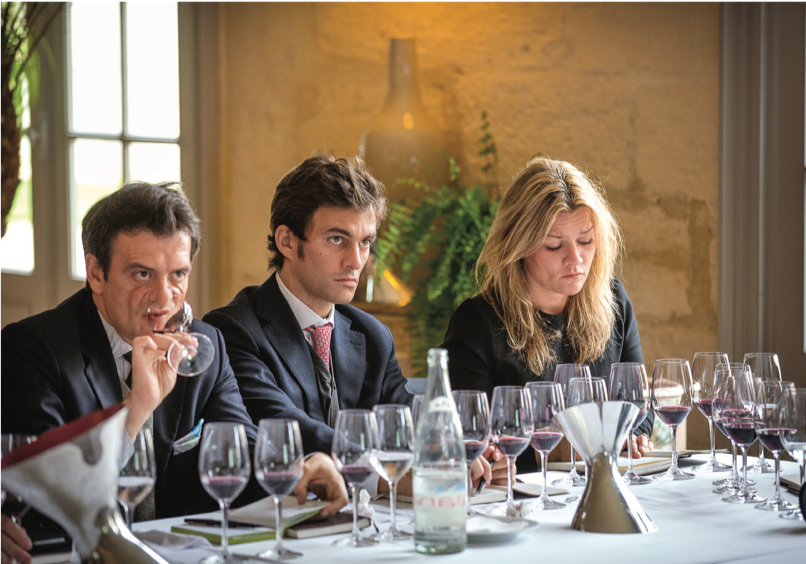by Pierluigi Gorgoni
So says Pierre Lurton, the former manager of Cheval Blanc and Château D’Yquem, whose Terrazes des Andes vineyards at 1,100 metres a.s.l. in Mendoza produce wines of the calibre of his great Bordeaux.
The altitude is the key. Here in France they speak English to international journalists in the halls of Château Cheval Blanc in Saint-Émilion, one of the most prestigious wine temples in the world. The topic on everyone’s lips is the terroir which yields one of the foremost wines of South America, the Cheval des Andes produced in Mendoza, in Argentina, where Monsieur Pierre Lurton (former head of Château Cheval Blanc, as it happens, and of Château d’Yquem, among others) and Terrazas de los Andes embarked on a joint venture in 1999 that aspired to achieve the best quality possible from the start.
Without compromise. A wine of the territory yet with a French inflection in its expression. This concept was repeated to me at every sip, and not only in words, as I listened to the wines and the contagious enthusiasm of Lorenzo Pasquini, technical manager of the Argentinian winery; the young Italian with enviable experience of Bordeaux and the New World.
So, to come to grips with the unique terroir of Mendoza, we tasted and tasted again the micro-vinifications of the 2015 harvest of individual plots, from different varieties: Cabernet Sauvignon, Cabernet Franc, Merlot, Petit Verdot and, of course, Malbec, the variety that is present in Mendoza more than any other, and which gives body to Cheval des Andes. We approached the juice of vineyards with ages spanning from recent to venerable (more than 80 years). And so we sampled three superb vintages of Cheval des Andes (2010, 2011 and 2012) and then we settled down to older vintages: 1999 (the first), 2005 and 2008, exploring measured and tempered evolution, also in technique. A special wine, a landmark: this is Cheval des Andes. Manual harvesting, rigorous selection of the grapes, rather long maceration lasting 3-4 weeks, malolactic fermentation in the barrel and wine left to age for at least 18 months in prime quality oak.
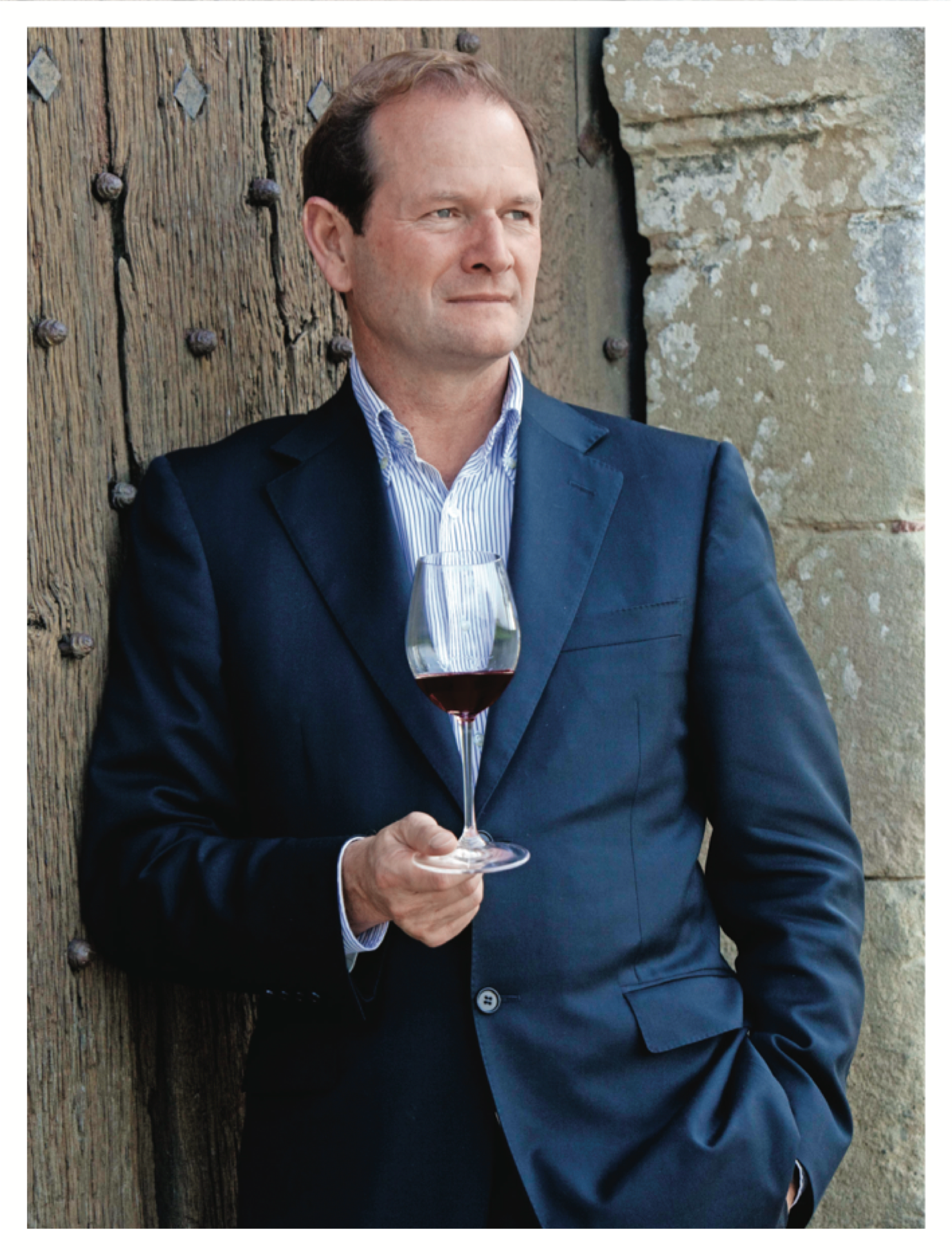
The Malbec vineyards are anything up to 80 years old
The high altitude protects the grapes from the harsh desert climate
The rich substance, the harmonious tannins, the concentrated fruitiness, and the depth of the gustatory and aromatic sensations are the perfectly delineated, defined and mature profile of a grand wine. And the first explanation is: “La altitud es la clave”, as they say in Spanish, or in the Argentine, because in a pronouncedly desert climate, with more than 300 days without precipitation meaning the plants must be cosseted by providential irrigation systems, altitude offers the ideal conditions, with marked temperature and exposure differences, for ripening the grapes.
The trick is to achieve the best possible phenolic maturation, with aromas at the height of their expressiveness not suffocated by excessive alcohol. The challenge is to attain optimum ripening of the grapes. The challenge is to reclothe that oh-so-extreme character of the terroir of Mendoza in finer garb, inspired by a Bordeaux model, decidedly Saint-Émilion, first and foremost. Please note, “L’altitude est la clé”, Monsieur Pierre Lurton said in French when introducing his vision of Cheval des Andes. In French. But the key also lay in a return to his roots to revive Monsieur Lurton’s inspiration. Malbec is actually a variety that had a notable presence in Bordeaux, and if you consider that in 1855, in the days of the classification of the crus commissioned by Napoleon III, its percentage in the vineyard stood somewhere between 20% and 40%, then you see that it is a key ingredient in the red wines of the region. And especially those of Saint-Émilion, Cheval Blanc included.
When the collaboration with Terrazas des Andes started in 1999, Monsieur Lurton was eager and excited to tackle the Malbec variety, which having been practically wiped out by phylloxera in 1860, never really returned to favour in the noble terrains of Bordeaux. This was a truly ground-breaking opportunity to twine the threads of memory once again with an ungrafted Malbec on rootstock at 1,000 metres above sea level, in the Las Compuertas vineyard near Mendoza. With the exception of Patagonia in the south of Argentina, which is coming to the fore as a winemaking region of considerable talent and interest, the Argentinian winemaking regions, including Mendoza which is the most noble, are arrayed in a strip of varying breadth that descends along the Andes, planted at an average altitude of 900 metres, with vineyards between 1,620 and 460 metres above sea level. The Cheval des Andes vineyards are at an altitude of 1,100 metres. Of course, there are other important winemaking regions located at such noteworthy altitudes (in the Alps, or in Ribera del Duero which is on a plateau at 800 metres a.s.l. in Chile, for example), but no other is as extensive.
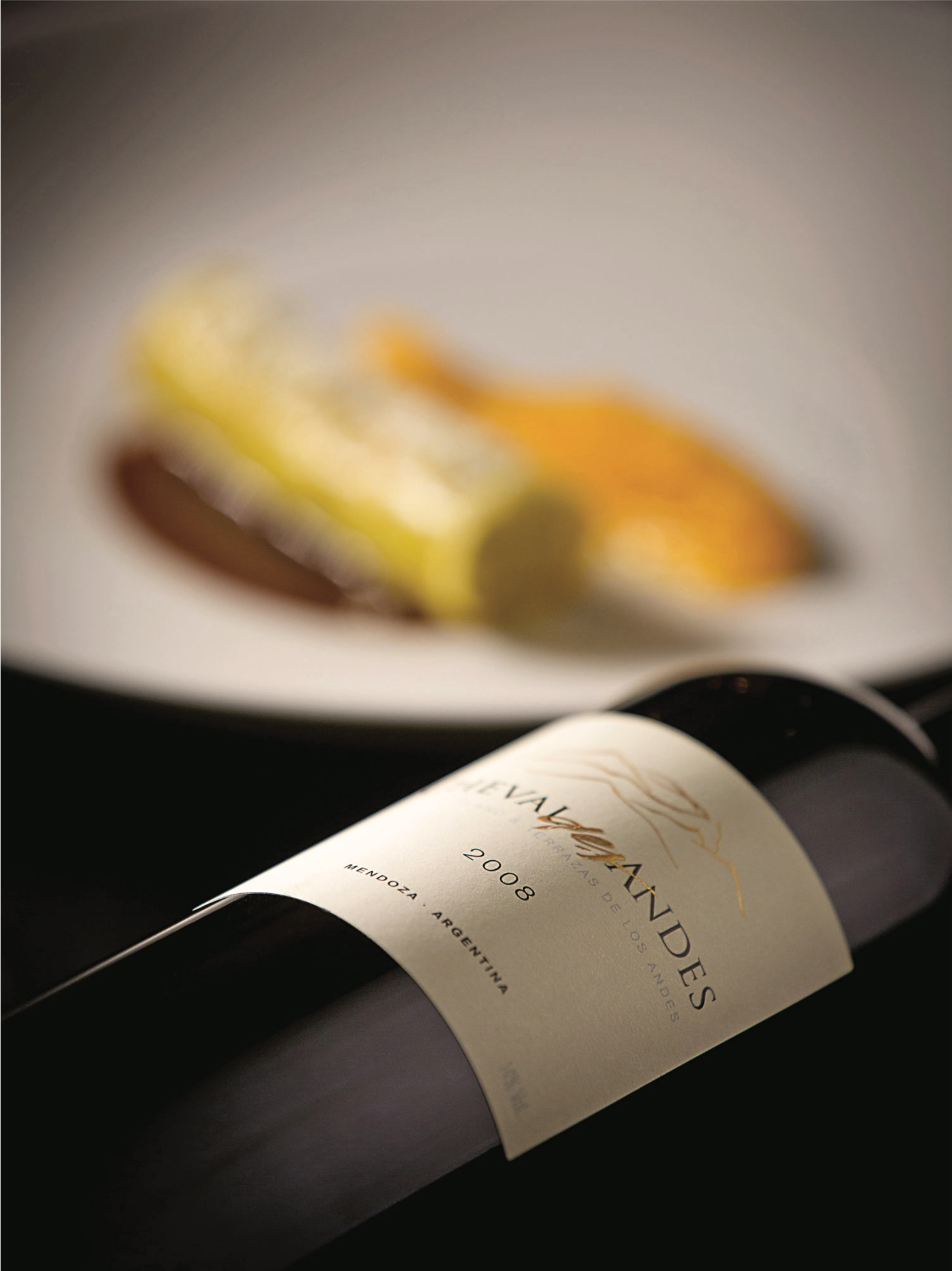
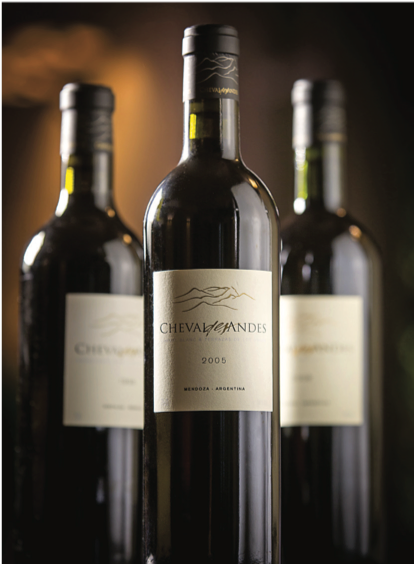
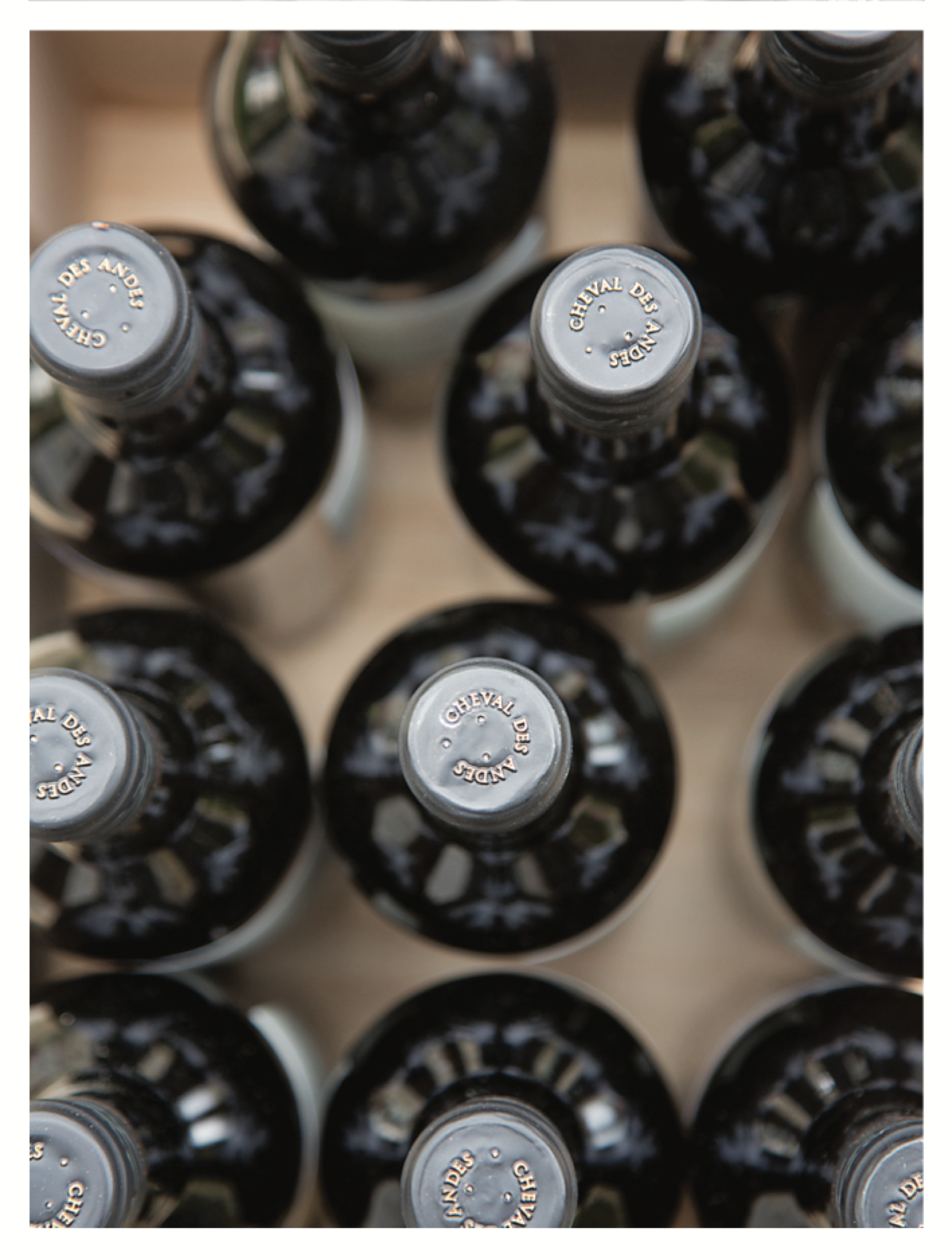
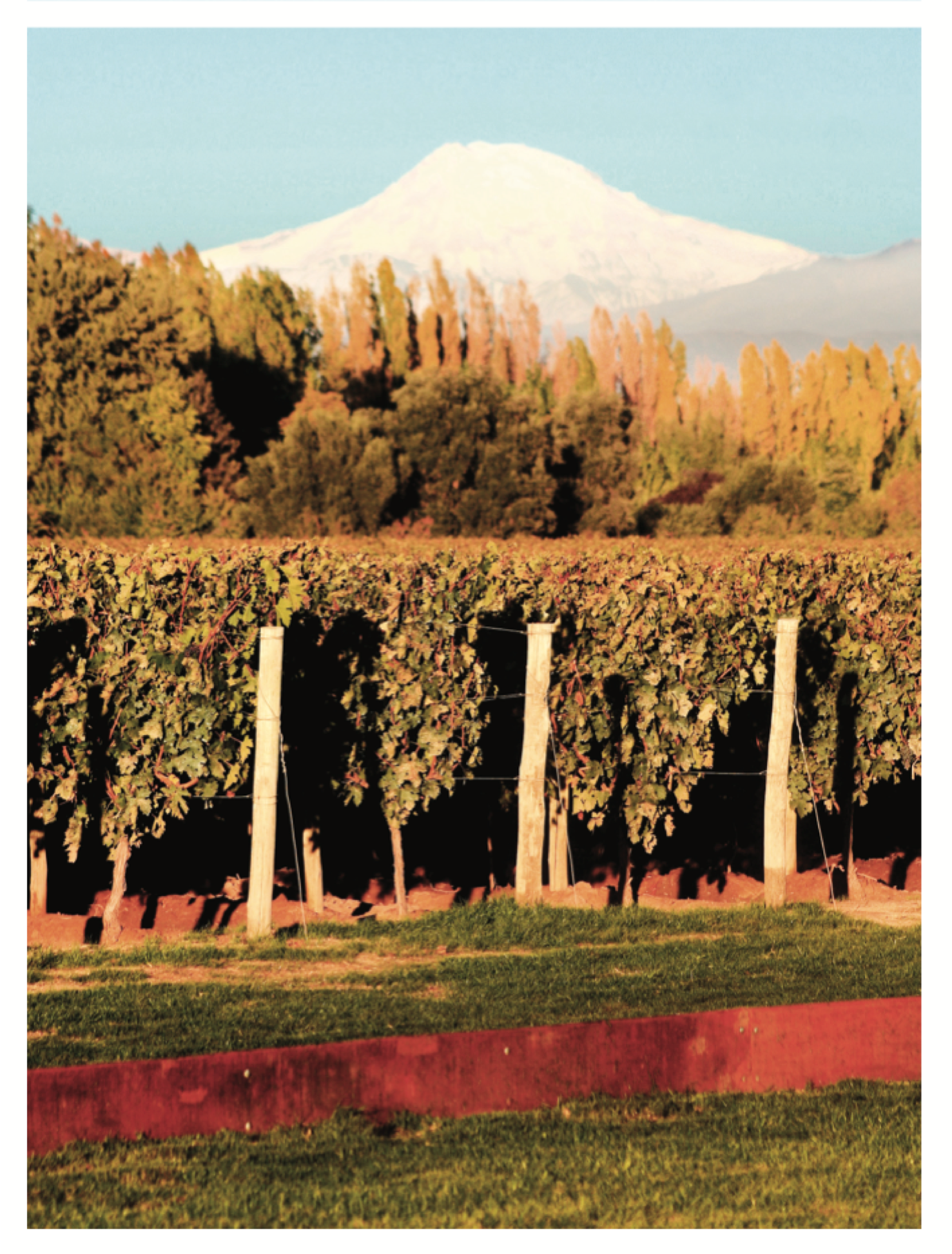
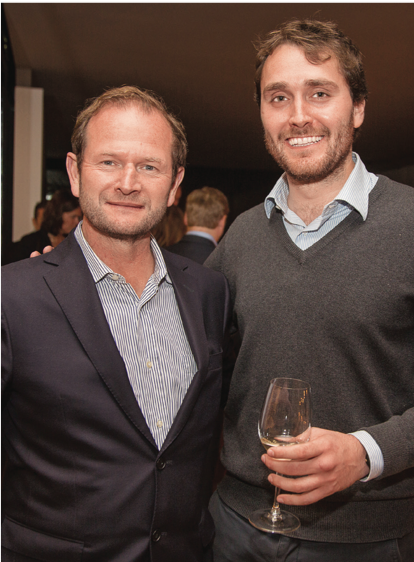
The first comparison, perhaps the most direct, can be made with Chile, on the other side of the Andes, because here, apart from the altitude, one decisive environmental and climatic element is the proximity to the Pacific Ocean, and specifically to the cold Humboldt current. Mendoza is very different, the Chilean side of the Andes is steeper and more rugged, while the Argentinian side is more gentle and modulated, never steep, but rather gradual. The Atlantic coast lies more than a thousand kilometres to the east and the rocky barrier of the Andes deprives the gaze of the ultimate horizon, shielding the region from some of the Pacific currents. Altitude, it has been said, is decisive. The origin of the Mendoza terrain is alluvial. The higher the altitude, the greater the particle size, hence the soils have better drainage, they maintain less humidity and so the fertility rate is lower, placing the plant in more demanding conditions and actually producing healthier grapes. Altitude also increases the vines’ exposure to the sun and this, added to the greater day-night temperature differences, favours the development of the aromatic precursors.
Higher altitude ultimately favours the formation of more complex aromatic compounds in the wine that the grapes will yield. Furthermore, altitude slows down the ripening cycle of the grapes, allowing better polymerization of the tannins, which in concrete terms means wine that has greater structure without being too ruffled or rough; wine that is not astringent but which, rather, preserves a notable, easier-to-appreciate mellowness. All aspects which when well interpreted bring out the best of a wine’s quality. But you can only go so high; above a certain altitude the grapes don’t ripen, the aromatic compounds don’t form, the tannins fail to be polymerized and the organoleptic sensations remain green. Altitude is the key to quality, certainly, and stating it rings true in all the languages of the world, provided that the altitude is the right one. That of Cheval des Andes, as it happens.
